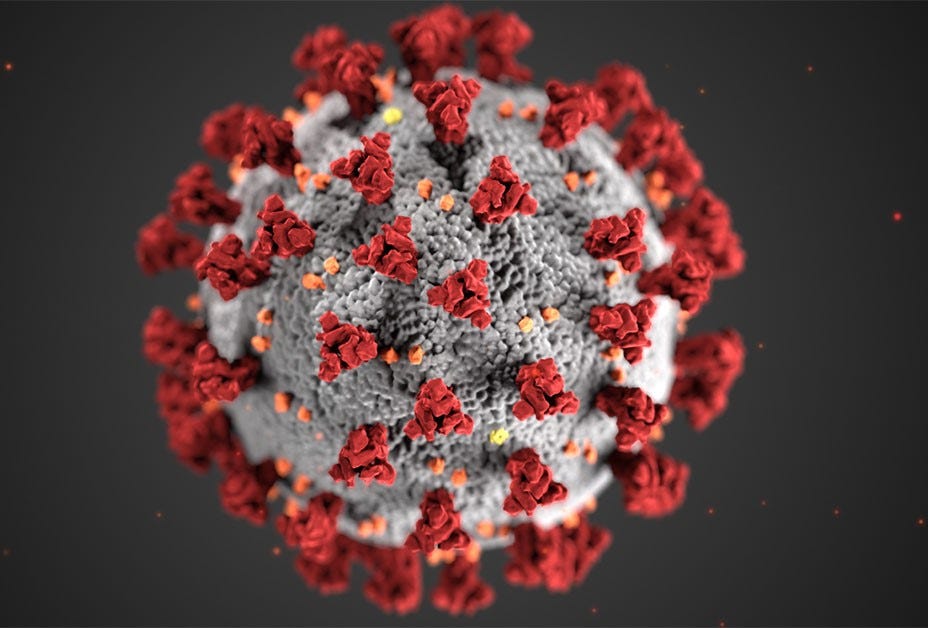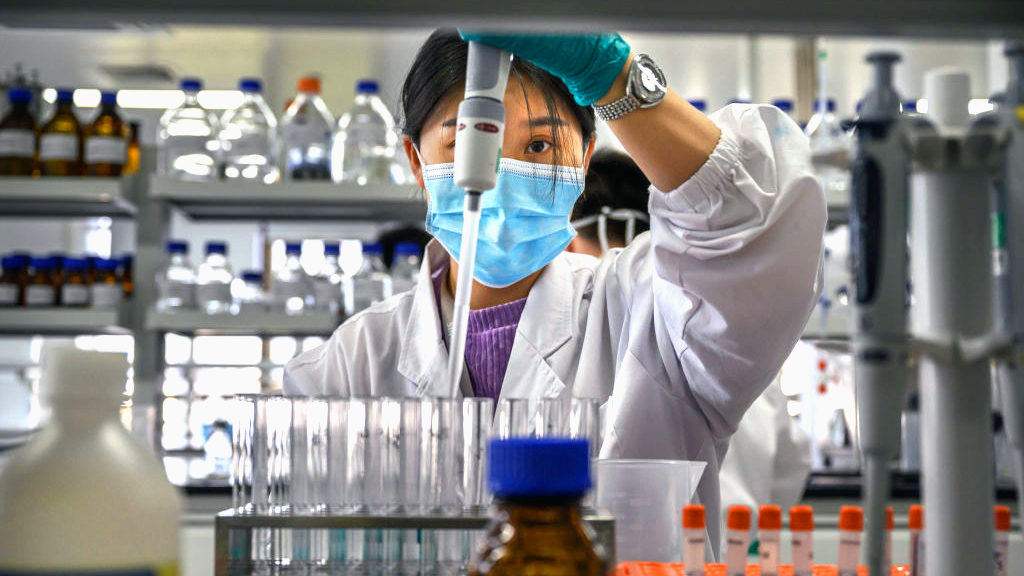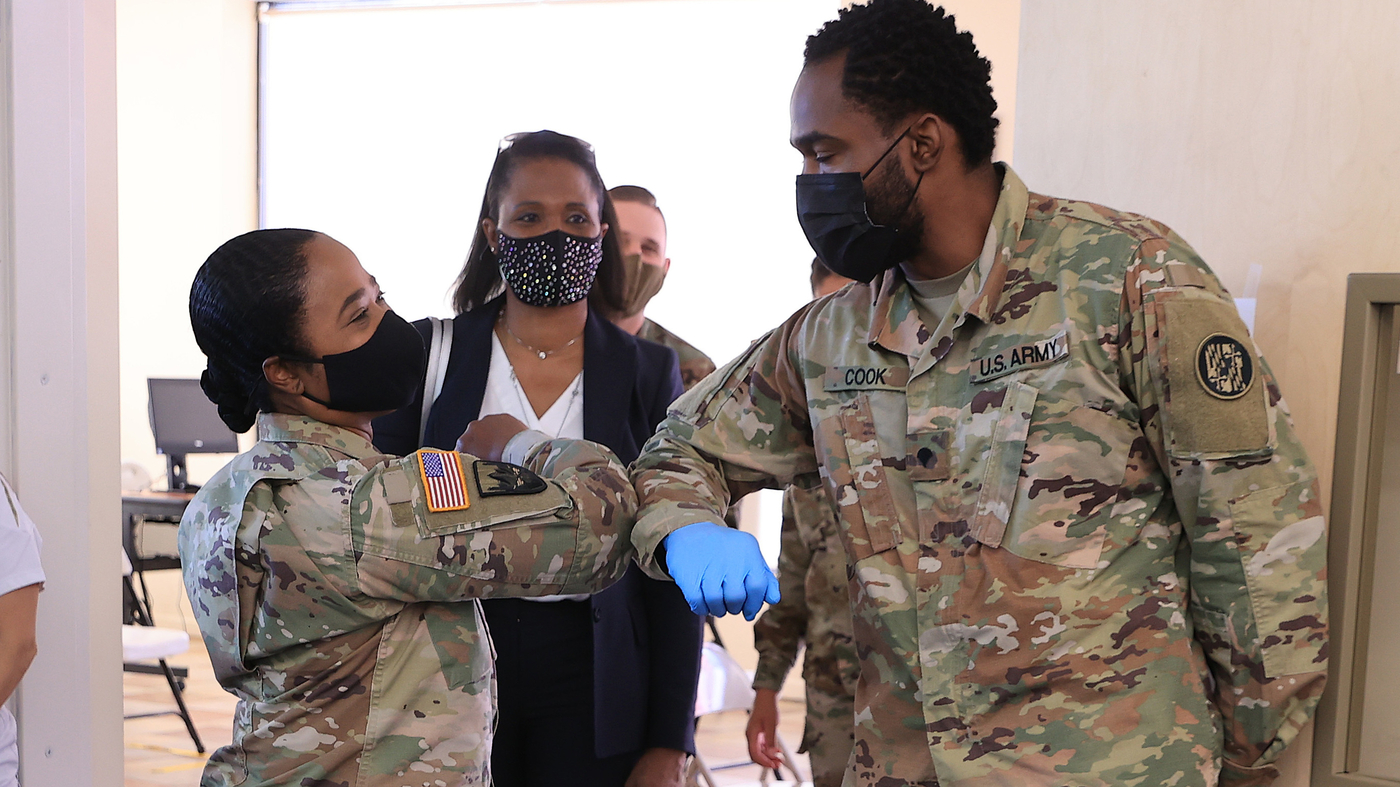Mice can be genetically engineered to have more human-like immune responses, including antibody formation, that is true, by carefull insertion of several genes coding for human immune system proteins.
SARSCOV2 uses the human ACE2 receptor to infect cells. Rats and mice do not have human ACE2, they have a substantially different form of the ACE2 receptor that does not bind the spike protein. Yes, mice might be genetically engineered to express the human ACE2 receptor.
So at this point we have genetically knocked in both a human immune system and a human cell surface protein in the circulatory system. A huge amount of work, probably several millionj dollars per mouse to create, but theoretically plausible. The mouse would still lack a human respiratory system, so I'm not sure how well it would model the human condition. We cannot make mice into little people. You can painstakingly alter one gene at a time among millions.
What do you men by "designed"? it could have been isolated from nature and used in mouse experiments, I suppose
Yes
Directed evolution can occur. The problem is generating, at huge expense, the necessary research mice, in the first place.
There are some elements of plausibility. But there is also the caveat that natural zoonotic transfer has occurred regularly throughout human history. It is a well-precedented phenomenon and it is fully adequate to explain what happened. It is the "norm". Strongly believing in something so far outside the norm would generally require EVIDENCE.
And... why pick a coronavirus? They have always been wimpy.
Why pick one of bat origin? They have never led to any known outbreak in people.
I don't see the scientific motivation to go down that path, even if you had evil intent. Putting on my mad scientist hat, given unlimited funds and unlimited evil, I would be trying to recapitulate smallpox. Or jack up the virulence of avian flu. Or anthax. Or ebola.
If you are asking me to genetically engineer the perfect basketball player, I wouldn't start with Grant Gelon, when Lebron James, Michael Jordan, Wilt Chamberlain, Larry Bird, and George McGinnis would each be a better platform at which to start.
I thought we had a discussion on this earlier and we had reached some sort of agreement but I guess not. And you clearly still have not read the linked Wade article because it addresses all of your arguments. I'll try to cut and paste what I think are the relevant responses, though, here:
(1) You continue to conflate issues. You seem to think that if the virus was altered in the lab, that person must have evil intent or was working on a bioweapon, or that those who have doubts about the natural-origin hypothesis believe this. According to Wade, that is wrong:
"Why would anyone want to create a novel virus capable of causing a pandemic? Ever since virologists gained the tools for manipulating a virus’s genes, they have argued they could get ahead of a potential pandemic by exploring how close a given animal virus might be to making the jump to humans. And that justified lab experiments in enhancing the ability of dangerous animal viruses to infect people, virologists asserted.
With this rationale, they have recreated the 1918 flu virus, shown how the almost extinct polio virus can be synthesized from its published DNA sequence, and introduced a smallpox gene into a related virus.
These enhancements of viral capabilities are known blandly as gain-of-function experiments. With coronaviruses, there was particular interest in the spike proteins, which jut out all around the spherical surface of the virus and pretty much determine which species of animal it will target. In 2000 Dutch researchers, for instance, earned the gratitude of rodents everywhere by
genetically engineering the spike protein of a mouse coronavirus so that it would attack only cats."
(2) You ask why scientists in Wuhan would be experimenting on a coronavirus, assuming the intent was to create a bioweapon. That's an unwarranted assumption (see above).
(3) You say it is illogical and that there is no scientific reason to experiment on a coronavirus, especially one from bats.
According to Wade, that is wrong:
"Virologists started studying bat coronaviruses in earnest after these turned out to be the source of both the SARS1 and MERS epidemics. In particular, researchers wanted to understand what changes needed to occur in a bat virus’s spike proteins before it could infect people.
Researchers at the Wuhan Institute of Virology, led by China’s leading expert on bat viruses, Shi Zheng-li or “Bat Lady,” mounted frequent expeditions to the bat-infested caves of Yunnan in southern China and collected around a hundred different bat coronaviruses."
(4) These same researchers already performed gain-of-function genetic alteration of other coronaviruses at Wuhan:
"Shi then teamed up with Ralph S. Baric, an eminent coronavirus researcher at the University of North Carolina.
Their work focused on enhancing the ability of bat viruses to attack humans so as to “examine the emergence potential (that is, the potential to infect humans) of circulating bat CoVs [coronaviruses].” In pursuit of this aim, in November 2015 they created a novel virus by taking the backbone of the SARS1 virus and replacing its spike protein with one from a bat virus (known as SHC014-CoV). This manufactured virus was able to infect the cells of the human airway, at least when tested against a lab culture of such cells.
The SHC014-CoV/SARS1 virus is known as a chimera because its genome contains genetic material from two strains of virus. If the SARS2 virus were to have been cooked up in Shi’s lab, then its direct prototype would have been the SHC014-CoV/SARS1 chimera, the potential danger of which concerned many observers and prompted intense discussion.
“If the virus escaped, nobody could predict the trajectory,”
said Simon Wain-Hobson, a virologist at the Pasteur Institute in Paris.
Baric and Shi referred to the obvious risks in their paper but argued they should be weighed against the benefit of foreshadowing future spillovers. Scientific review panels, they wrote, “may deem similar studies building chimeric viruses based on circulating strains too risky to pursue.” Given various restrictions being placed on gain-of function (GOF) research, matters had arrived in their view at “a crossroads of GOF research concerns; the potential to prepare for and mitigate future outbreaks must be weighed against the risk of creating more dangerous pathogens."
Further:
Inside the Wuhan Institute of Virology. Baric had developed, and taught Shi, a general method for engineering bat coronaviruses to attack other species. The specific targets were human cells grown in cultures and humanized mice. These laboratory mice, a cheap and ethical stand-in for human subjects, are genetically engineered to carry the human version of a protein called ACE2 that studs the surface of cells that line the airways.
Shi returned to her lab at the Wuhan Institute of Virology and resumed the work she had started on genetically engineering coronaviruses to attack human cells. How can we be so sure?
Because, by a strange twist in the story, her work was funded by the National Institute of Allergy and Infectious Diseases (NIAID), a part of the US National Institutes of Health (NIH). And grant proposals that funded her work, which are a matter of public record, specify exactly what she planned to do with the money.
The grants were assigned to the prime contractor, Daszak of the EcoHealth Alliance, who subcontracted them to Shi. Here are extracts from the grants for fiscal years 2018 and 2019. (“CoV” stands for coronavirus and “S protein” refers to the virus’s spike protein.)
“Test predictions of CoV inter-species transmission. Predictive models of host range (i.e. emergence potential) will be tested experimentally using reverse genetics, pseudovirus and receptor binding assays, and virus infection experiments across a range of cell cultures from different species and
humanized mice.”
“We will use S protein sequence data,
infectious clone technology, in vitro and in vivo infection experiments and analysis of receptor binding to test the hypothesis that % divergence thresholds in S protein sequences predict spillover potential.”
What this means, in non-technical language, is that Shi set out to create novel coronaviruses with the highest possible infectivity for human cells. Her plan was to take genes that coded for spike proteins possessing a variety of measured affinities for human cells, ranging from high to low. She would insert these spike genes one by one into the backbone of a number of viral genomes (“reverse genetics” and “infectious clone technology”), creating a series of chimeric viruses. These chimeric viruses would then be tested for their ability to attack human cell cultures (“in vitro”) and humanized mice (“in vivo”). And this information would help predict the likelihood of “spillover,” the jump of a coronavirus from bats to people.
(5) In a previous response to mine, you stated that Wuhan didn't have the technology to do a genetic modification without a tag. I don't think the methods described above that Shi was using would result in a tag but I don't know. If you will read the Wade article, maybe you could answer that question to save me time searching for it. I will say, though, that I have read in other places (in comments sections on scientific papers from people who identify as geneticists) that your notion that only Harvard and Oxford have that ability is questionable.
If the case that SARS2 originated in a lab is so substantial, why isn’t this more widely known? As is now obvious, there are many people who have reason not to talk about it.

thebulletin.org







